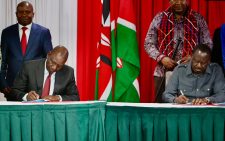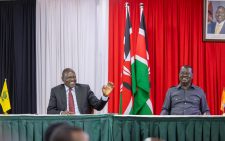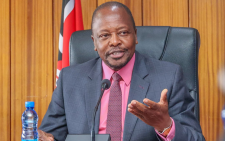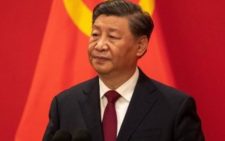ODM’s 10-point agenda Ruto’s path to redemption
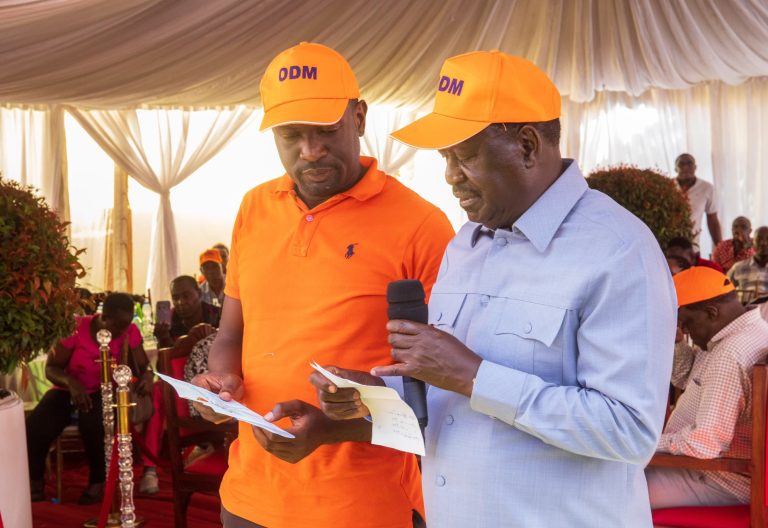
On August 9, 2022, Kenyans went to the polls to elect leaders of their choice, in keeping with the country’s long-held tradition in which citizens delegate part of their sovereign power to leaders at the ward, constituency, county and national levels.
Article 1 of the Constitution provides that “all sovereign power belongs to the people of Kenya”, going further under clause 2 to state that “the people may exercise their sovereign power either directly or through their democratically elected representatives”.
Elections, therefore, are one of the avenues through which Kenyans can exercise their sovereign power directly. Other modalities are through referenda and the constitutional requirement that citizens participate in the formulation, implementation and monitoring of development policies at the county and national levels.
It’s against this backdrop that eligible Kenyans participated in the polls to elect leaders of their choice from a galaxy of candidates and political formations in 2022. After the final vote had been counted, the Independent Electoral and Boundaries Commission (IEBC), under the late Wafula Chebukati, announced that a slight but significant majority of Kenyans (230,000), had thrown their lot with the candidacy of William Ruto and his Kenya Kwanza brigade as the embodiment of their collective imagination and aspiration of how the country should move forward.
Barely two years into the Kenya Kwanza administration, a majority of voters who braved the morning dew to cast their lot with the coalition turned against it, some of them now voluntarily revealing secrets they once held as State officers after falling out with the President.
An inescapable feeling that President Ruto has failed to deliver on his mandate now envelops the country, evoking a sense of despondency akin to John Navarro’s Three Minutes to Doomsday.
The sense of hopelessness reached its zenith on June 25, 2024. A multitude of angry youth overpowered an enhanced security cordon around Parliament buildings and breached it as lawmakers scampered for safety after passing the controversial 2024 Financial Bill.
As the situation deteriorated, with no signs of let-up in the nationwide uprising, President Ruto tapped the country’s foremost security organ – the military – as commander-in-chief of Kenya’s defence forces to stabilise the situation. Clearly, Kenya was tottering on the edge of a precipice. What with the constitutional provision that in the event the President and his deputy are not able to serve for whatever reason, the speaker of the National Assembly acts for 60 days as a presidential vote is held, yet the country had no election management body to oversee such a poll!
A political pact between President Ruto and ODM leader Raila Odinga, struck in the midst of the raging public opprobrium, has once again revived the need to consolidate a raft of reforms that have been in abeyance for some time.
Better known as the ‘ten-point agenda’, the pact provides President Ruto a lifeline, a second chance to redeem himself, and restore public trust in his administration. Treating it as one of the many promises the government has failed to honour may see drums of war sounded again, this time with extremely limited chances of survival.
The writer is the Executive Director of the Kenya National Civil Society Centre, and Chairperson of the Horn of Africa Civil Society Forum; suba_churchill@yahoo.com
